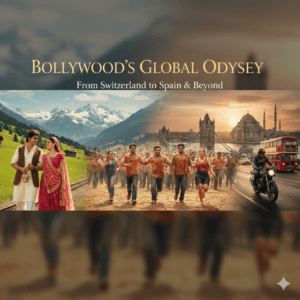A travel influencer’s recent visit to Islamabad has ignited an intense conversation on social media, but it’s not the city’s architecture or food scene making waves – it’s the absence of women in public spaces. The influencer took to Instagram, posting a reel showcasing her journey through Pakistan’s capital, and what caught everyone’s attention was the stark gender imbalance. In her post, she humorously yet pointedly asked, “HELLO ISLAMABAD. Ratio is 1:50 everywhere we go in this city. Something we noticed immediately as we landed… where my sisters at?”
Her reel featured glimpses of Islamabad’s airport, bustling markets, and well-known tourist spots, but viewers couldn’t help but notice the glaring lack of women in these busy areas. The comments section of her post quickly became a battleground of opinions. While some users raised concerns about the safety of women and cultural norms, others defended the gender imbalance, attributing it to societal roles and employment patterns.
One user commented, “The place is looking very unsafe,” drawing attention to how safety concerns may play a role in keeping women indoors. Another added a more critical take, saying, “What would you expect in a country where a girl child got shot for going to school, and these blind religious people call it West propaganda.” The conversation deepened as many began to highlight how societal norms may be confining women to their homes, with one user pointing out, “It’s not funny that those women are basically prisoners in their own homes.”

But not everyone agreed with the influencer’s observation. Some users brushed it off, saying the absence of women in public is tied to traditional roles. “Men are working to feed the family,” one person commented, while another shared a personal, critical perspective, stating, “I met some Pakistani men while living in London, and it was terrifying.”


This viral reel has opened a can of worms, spotlighting issues of gender inequality in Pakistan’s public spaces, and raising questions about the societal norms that shape who we see — and don’t see — on the streets.

















